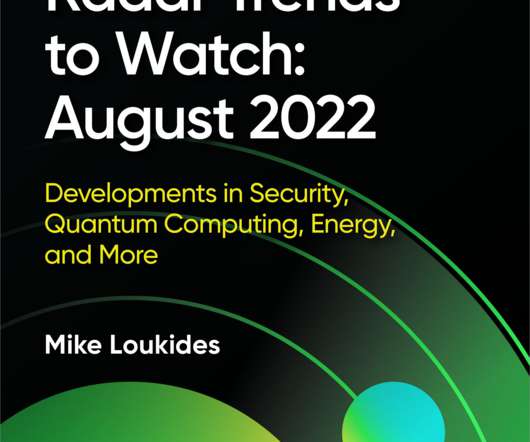Cybersecurity Snapshot: Tips for cloud configs, MSP vetting, CISO board presentations
Tenable
OCTOBER 28, 2022
Block legacy authentication protocols. Privilege account management, including role-based access and authentication management. Systems management. In another, it used credentials stolen via phishing to log into a VPN server that wasn’t protected with multifactor authentication (MFA.). Microsoft Azure Active Directory.
















Let's personalize your content